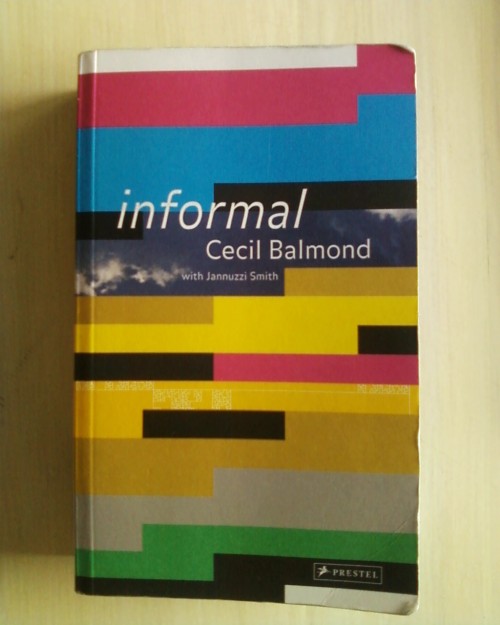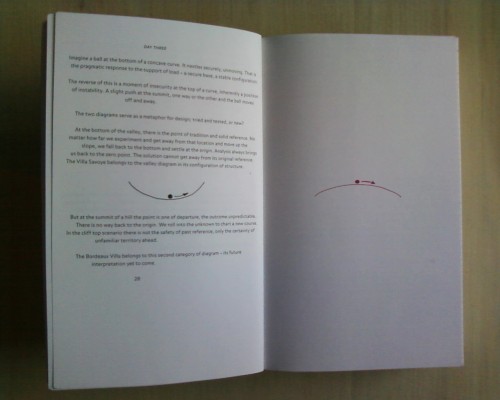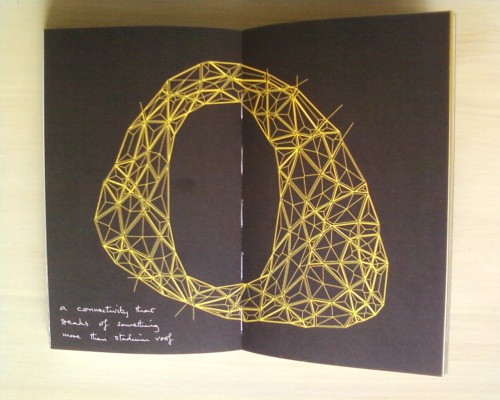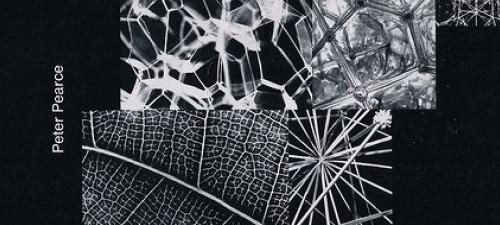Question 1: Who is the most important contemporary architect?
Answer: Norman Foster, Zaha Hadid, Rem Koolhaas, Frank Gehry …to name a few…
Question 2: Who is the most important contemporary engineer?
Answer: Cecil Balmond
Cecil Balmond is a writer, mathematician, engineer, architect at the same time. Person with a lot of interests. More than 55 years ago, he started work at OVE Arup, which is the biggest engineering firm in the world today. At Arup, Balmond leads the research as part of the AGU(Advanced Geometry Unit) and finds the solutions of many complex construction problems.
Theoretician and innovator, Cecil Balmond presents part of his ideas in the book Informal :

Charles Jenks said about him:
“…In 1997, when I had to list the fifteen most important buildings and projects that were changing architecture, I found to my amazement that Balmond scored higher than any architect on the list – that is, if one is to credit the engineer with partial creation…”
Born in Sri Lanka, Balmond moved to London where he took his studies. He works with some of the biggest contemporary architects and transforms their ideas into real structures. Among his most famous projects are: Sttats’ Gallery in Stuttgart 1977(with James Stirling), Villa Bordeaux, Kunsthal(with Rem Koolhaas), Sepentine Pavilion 2002, Taichung opera(with Toyo Ito), Center Pompidou-Metz (with Shigeru Ban) and many many more…
Here is what Rem Koolhaas said about him:
“Cecil Balmond has, almost single-handedly shifted the ground in engineering – a domain where the earth moves very rarely – and therefore enabled architecture to be imagined differently”
From modernism’s “Less is more”, through post-modernism’s “Less is a bore”, Cecil Balmond follows the ideas of “More is different”. Inspired by nature, his ideas are born in a world where “more-is-less-is-more”.

Putting the traditional equilibrium in question, he tries to instore dynamic equilibrium where appropriate. Given that the space is not homogeneous, why the buildings are supposed to be a simple skeleton of equally distributed beams and columns? A boring rhytm “One-two-one-two”? Balmond proposes a usage of multiple rhythms “Ra-ta-ta-ra-ta” or “Ra-ta-ra-ra-ta”, in order to have the same interesting dynamic balance found in nature.

Instead of following the heavy Formal, the engineer follows the way of the Informal.
His works are exactly that: an expression of the Informal.




Бравос ! Тази публикация е много интересна и ценна!! Много ми хареса !!!
Pingback: Еладио Диесте: реверанс към законите на материята | MORPHOCODE / BLOG
Pingback: Serpentine Gallery Pavilion 2009 от SANAA | MORPHOCODE / BLOG
Страхотно!!! Такива хора правят това,което изглежда невъзможно, възможно!
For the record:
– Cecil Balmond worked at Ove Arup and started AGU.
– Ove Arup himself started the firm Arup.
The book is cool!
Hi Ted,
thanks for your notes…we’ll correct the post
Best
Cecil Balmond, a talented engineer who intentionally and artificially mystifies his craft using diagrams known only to him. This is what makes this book non-attractive beside some very interesting projects presented. Instead, of Belmond’s i recommend professional memoirs of Leslie Robertson, Mahendra Raj or Mentor Llunji.